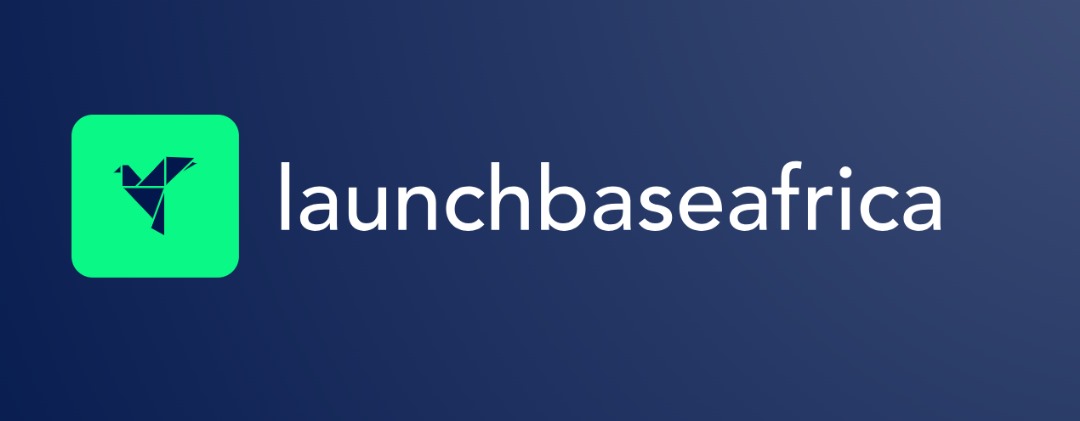South Africa’s cryptocurrency market is maturing beyond speculative trading, new data from Luno shared with Launch Base Africa suggests, with users increasingly embracing tokenised US stocks, payment features and passive income strategies.
Luno, which operates one of South Africa’s largest cryptocurrency exchanges, added 530,000 new customers over the past 12 months, bringing its South African user base to 6.3 million. The platform now serves 15 million customers globally.
The growth comes amid broader adoption patterns that reveal shifting behaviours: South Africans are using crypto to access US equities, make everyday payments, and generate yields through staking — moving beyond the buy-and-hold Bitcoin investments that dominated the market’s early years.
Tokenised stocks gain early traction
Luno’s tokenised stock offering, launched recently, has attracted 19,000 South African users. These products — called xStocks — are digital representations of actual shares held in custody and recorded on a blockchain, allowing users to trade fractional portions of US equities.
Nvidia leads demand, with over 3,000 customers holding NVDAx tokens. The chip manufacturer, which has seen its valuation surge on AI-driven demand, is followed by Meta, the S&P 500 ETF, and Apple.
The appeal is straightforward: South Africans face currency controls and administrative hurdles when accessing offshore investments. Tokenised stocks offer a workaround, enabling users to gain exposure to US markets through crypto infrastructure, often with lower minimum investment thresholds than traditional brokerages.
Whether this model can scale depends partly on regulatory clarity. Tokenised securities occupy a grey area in many jurisdictions, and South African financial regulators have yet to issue comprehensive guidance on how these products will be supervised.
Payments: Still niche, but growing
Luno Pay, the platform’s payment feature launched in November 2024, has processed over 50,000 transactions across more than 1,700 merchants, totalling R30 million ($1.7 million) in volume. The service is available at nearly 700,000 merchants that support Scan to Pay, South Africa’s QR code payment standard.
Seventy percent of users who’ve made a payment with Luno Pay have done so more than once, suggesting the feature has found a core audience. But context matters: with 6.3 million total users, payment adopters represent less than 1% of the platform’s customer base.
The numbers point to a familiar challenge in crypto adoption. While the technology enables peer-to-peer transactions and cross-border payments, practical use cases for everyday spending remain limited. Most merchants still prefer traditional payment rails, and price volatility makes crypto impractical for routine purchases unless stablecoins are used.
Still, South Africa’s context may offer more fertile ground than wealthier markets. High remittance costs, currency depreciation and a large informal economy create potential use cases where crypto’s advantages — lower fees, faster settlement — are more pronounced.
Bitcoin dominates, but altcoins are rising
Bitcoin remains the dominant cryptocurrency on the platform, attracting over 200,000 new investors in the past year. But altcoins are gaining ground.
By dollar volume, XRP now ranks second, followed by Ethereum in third. Solana has emerged as a standout, securing fourth place in both trading volume and customer numbers. Dogecoin, the meme coin that began as a parody, rounds out the top five by popularity.
Tether, a stablecoin pegged to the US dollar, completes the top five by volume. Its presence reflects a common pattern in emerging markets: users turn to dollar-pegged stablecoins as a hedge against local currency volatility. South Africa’s rand has depreciated significantly against the dollar over the past decade, making Tether an attractive store of value during turbulent periods.
Staking signals a shift toward passive income
Staking — locking up cryptocurrency to support blockchain network operations in exchange for rewards — has seen substantial growth on Luno, which now offers six staking options.
Ethereum is the most popular asset for staking, followed by Solana and Cardano. Luno also recently launched USDC Earn, allowing users to generate annual returns of up to 3.5% on holdings of the USD Coin stablecoin.
The trend suggests a maturation of investment strategies. Rather than purely speculative trading, users are seeking yield-generating products that resemble traditional financial instruments — though with different risk profiles.
Staking rewards vary by network and come with technical risks. Users must lock up assets for specified periods, during which they cannot be traded. Networks can also experience technical failures or security breaches that put staked assets at risk. Still, in a country where inflation has hovered around 5–7% in recent years, the prospect of earning passive income on crypto holdings has clear appeal.
Who’s buying?
Men still make up 64% of Luno’s South African user base, but women now represent 36% — a notable increase that suggests crypto is moving beyond its early, predominantly male audience.
The age distribution skews toward working-age professionals. The 25–34 cohort represents 37% of users, followed by 35–44 year-olds at 26%. Younger adults aged 18–24 account for 15%, while those aged 45–54 make up 13%. Even older demographics are participating, with 6% of users aged 55–64 and 3% over 65.
This distribution reflects crypto’s positioning as an alternative investment class rather than a youth-driven tech phenomenon. The heaviest concentration of users falls within prime earning years, when individuals have disposable income to allocate toward riskier asset classes.
What it means
South Africa’s crypto market is developing characteristics distinct from both Western markets and other emerging economies. The combination of sophisticated financial infrastructure, currency pressures, and regulatory ambiguity has created an environment where crypto serves multiple functions: speculative investment, access to offshore assets, payment rail, and yield generator.
Whether this growth is sustainable depends on factors beyond Luno’s control: regulatory developments, global crypto market conditions, and the rand’s trajectory against major currencies.
For now, the data suggests South African crypto users are becoming more sophisticated, diversifying beyond Bitcoin and exploring products that blur the lines between traditional finance and decentralised infrastructure. Whether that sophistication translates into genuine utility — or simply more complex speculation — remains an open question.


